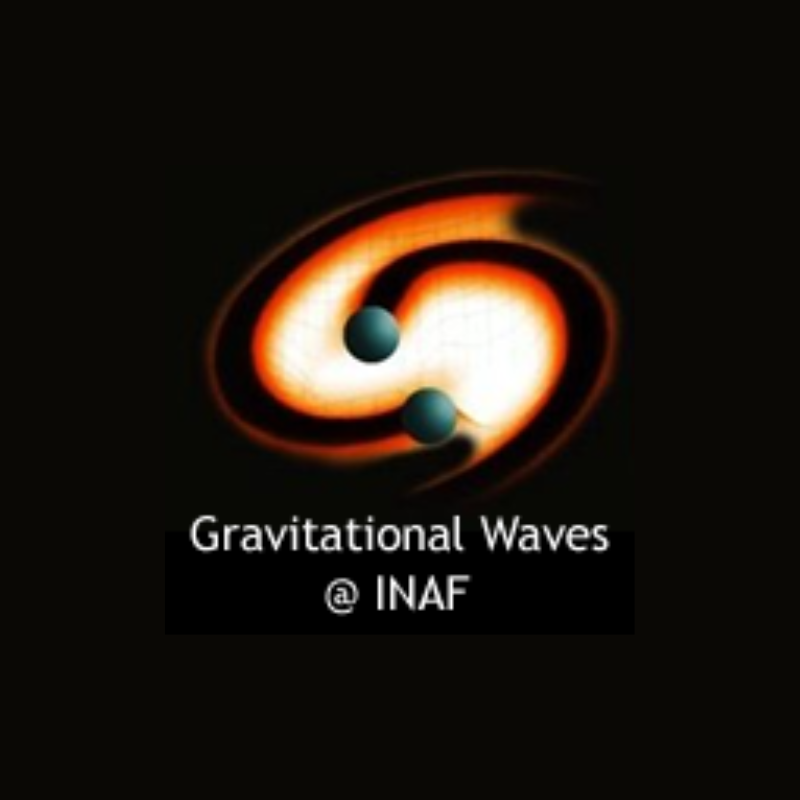
GRAWITA
GRAvitational Wave Inaf TeAm
SHORT DESCRIPTION
The INAF GRAWITA collaboration aims to conduct observational campaigns of “follow-up” (i.e. monitoring) in the radio, optical, near-infrared, X-ray and gamma-ray bands of the events reported by the gravitational wave (GW) detector network currently composed of the two Advanced – LIGO (USA) and Virgo (Italy) – and Kagra (Japan).
Monitoring is essential to identify the position of the celestial object responsible for the emission of gravitational waves and to study its evolution over time.
La strumentazione di terra utilizzata dalla collaborazione GRAWITA include il VLT Survey Telescope, il Large Binocular Telescope, il Telescopio Nazionale Galileo, il Rapid Eye Mount Telescope, i telescopi di Asiago e Campo Imperatore, ed il Sardinia Radio Telescope. Si è anche pianificato l’utilizzo di strumenti di alta energia dallo spazio (principalmente il Neil Gehrels Swift Observatory).
The ground-based instruments used by the GRAWITA collaboration include the VLT Survey Telescope, the Large Binocular Telescope, the Telescopio Nazionale Galileo, the Rapid Eye Mount Telescope, the Asiago and Campo Imperatore, and the Sardinia Radio Telescope. There are also plans to use high-energy instruments from space (mainly the Neil Gehrels Swift Observatory).
ROLE OF THE OBSERVATORY
Il nostro gruppo è stato pienamente attivo in occasione del più eccitante evento GW identificato fino ad ora per cui è stata rilevata anche la radiazione elettromagnetica associata all’esplosione avvenuta durante il fenomeno che ha generato l’onda gravitazionale: GW170817 (17 agosto 2017) causato dalla fusione di due stelle di neutroni e associato ad un breve e poco intenso lampo gamma (GRB), denominato GRB 170817A. Siamo stati in grado di assicurare una copertura continua con vari strumenti da Terra tra circa 12 ore a grossomodo 15,5 giorni dopo l’insorgere dell’evento GW/GRB.
Abbiamo pubblicato una serie di articoli focalizzati sulle proprietà della controparte elettromagnetica, riportando ed interpretando i risultati di questa straordinaria campagna osservativa. Siamo stati anche coinvolti nella maggior parte delle attività di “follow-up” per gli altri eventi GW rivelati negli ultimi cinque anni. E il lavoro continua!
Our group was fully active during the most exciting GW event identified so far for which also the electromagnetic radiation associated with the explosion that occurred during the phenomenon that generated the gravitational wave was detected: GW170817 (August 17, 2017) caused by the merger of two neutron stars and associated with a short and weak gamma-ray burst (GRB), named GRB 170817A. We were able to ensure continuous coverage with various ground-based instruments from about 12 hours to roughly 15.5 days after the onset of the GW/GRB event.
We published a series of papers focused on the properties of the electromagnetic counterpart, reporting and interpreting the results of this extraordinary observing campaign. We have also been involved in most of the “follow-up” activities for the other GW events detected in the last five years. And the work continues!
OBSERVATORY STAFF INVOLVED
- Stefano Ascenzi – stefano.ascenzi AT inaf.it
- Maria Grazia Bernardini (Science Board member) – maria.bernardini AT inaf.it
- Stefano Covino – stefano.covino AT inaf.it
- Paolo D’Avanzo – paolo.davanzo AT inaf.it
- Giancarlo Ghirlanda – giancarlo.ghirlanda AT inaf.it
- Mary Edvige Ravasio – mery.ravasio AT gmail.com
- Om Sharan Salafia – om.salafia AT inaf.it
- Chiara Salvaggio – chiara.salvaggio AT inaf.it
- Gianpiero Tagliaferri – gianpiero.tagliaferri AT inaf.it
TIMELINE
2015 –
WEBSITE
CONTACT
stefano.covino AT inaf.it
CREDITS
Web page content: S. Covino – Thanks to Paolo D’Avanzo and Andrea Melandri for reading and commenting.
